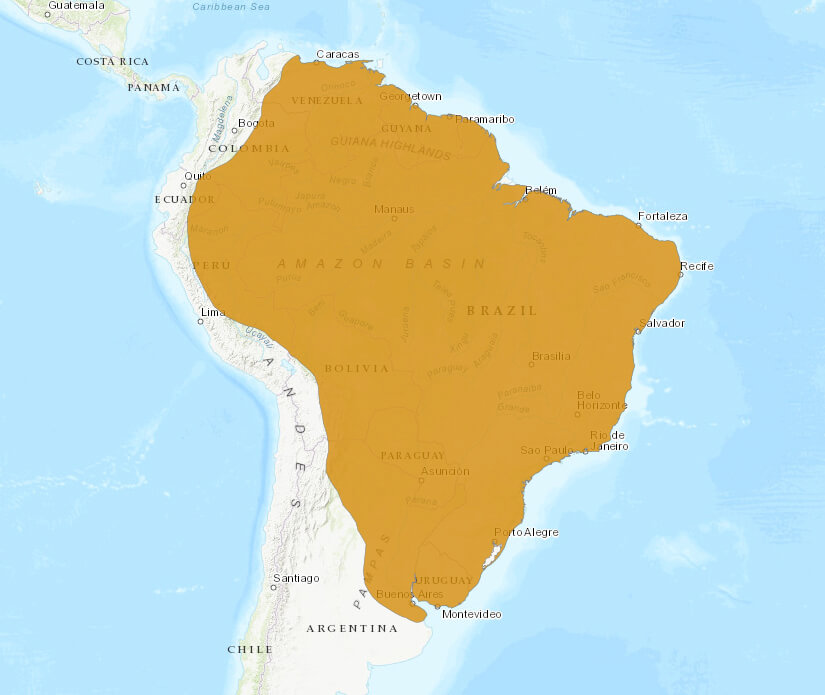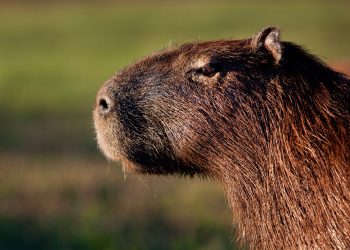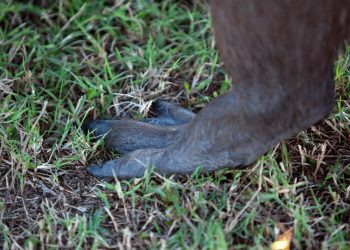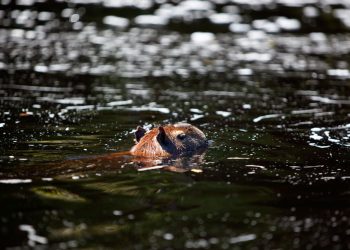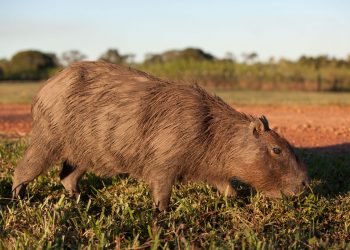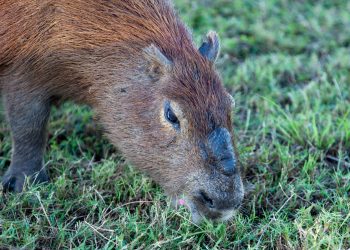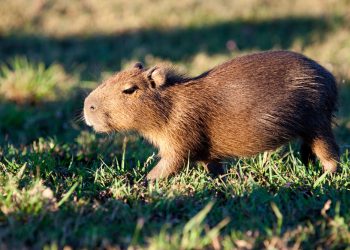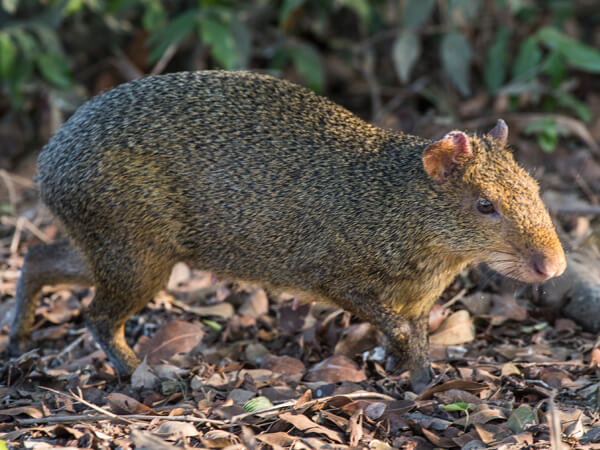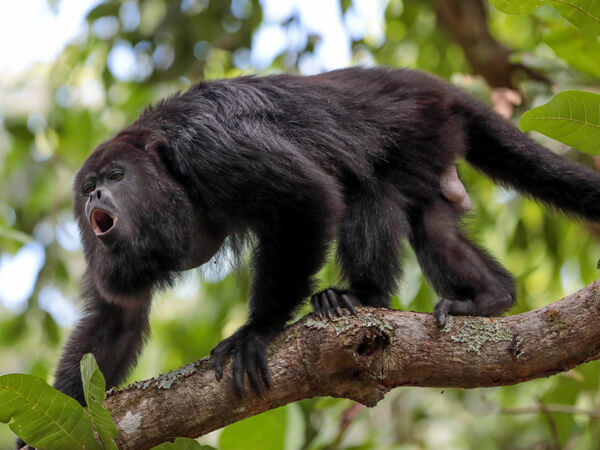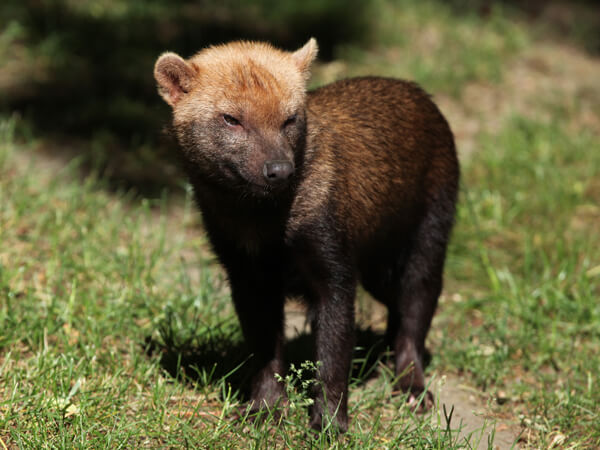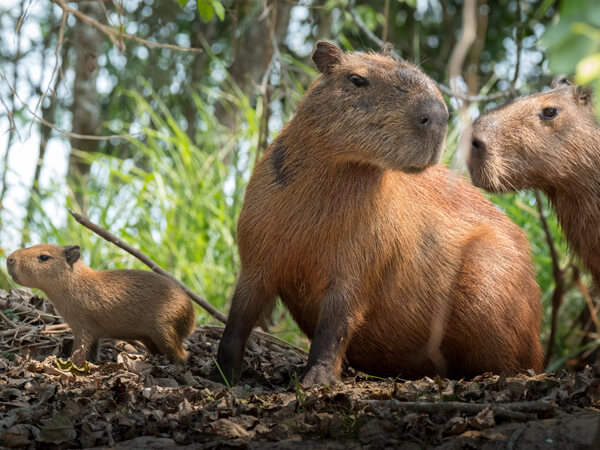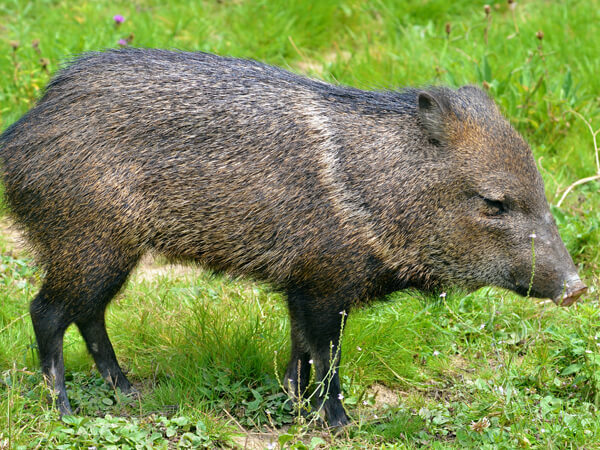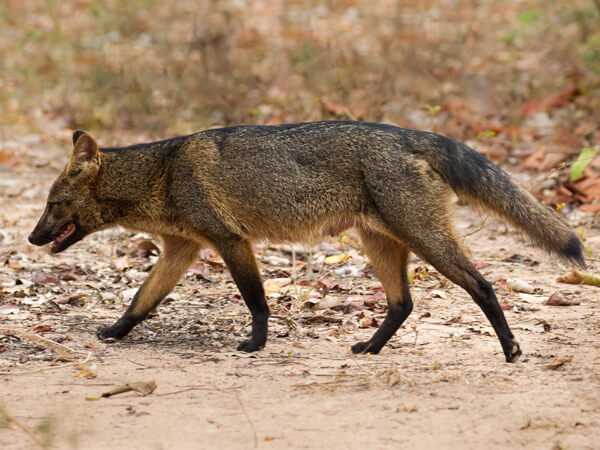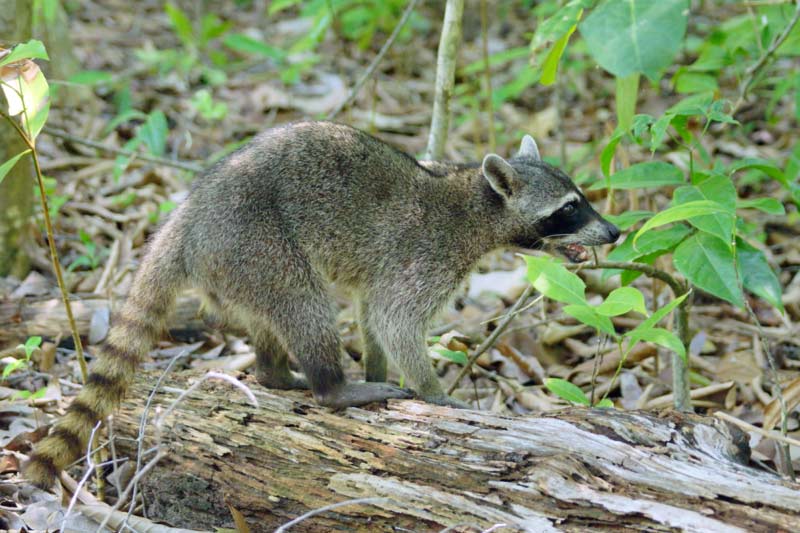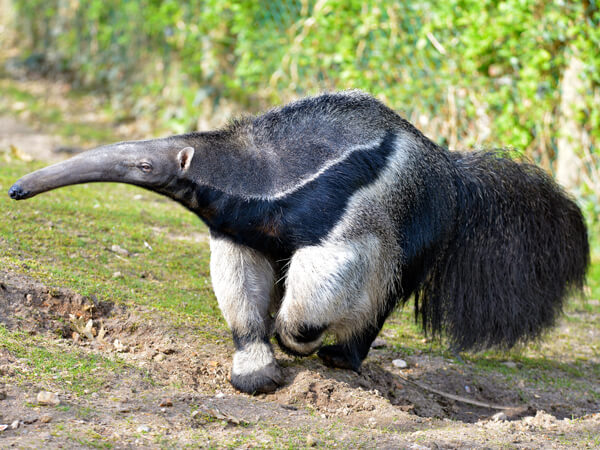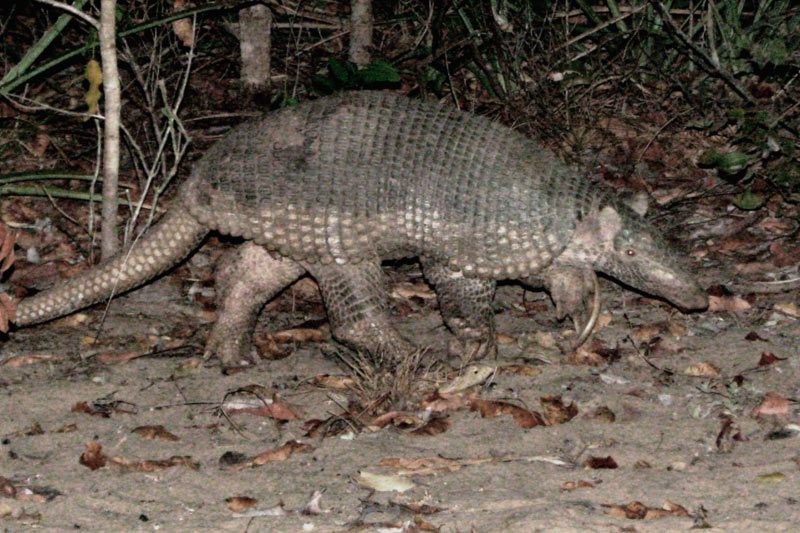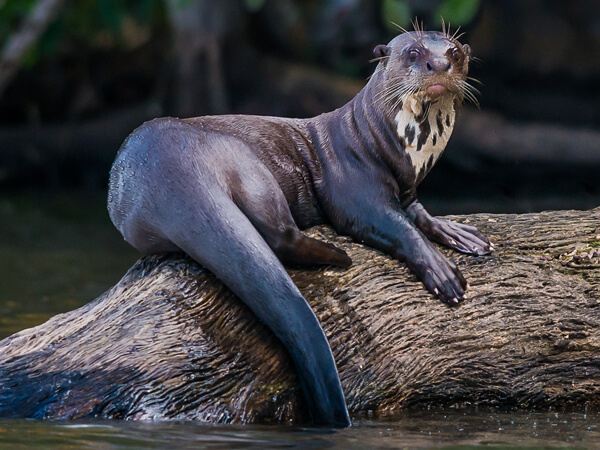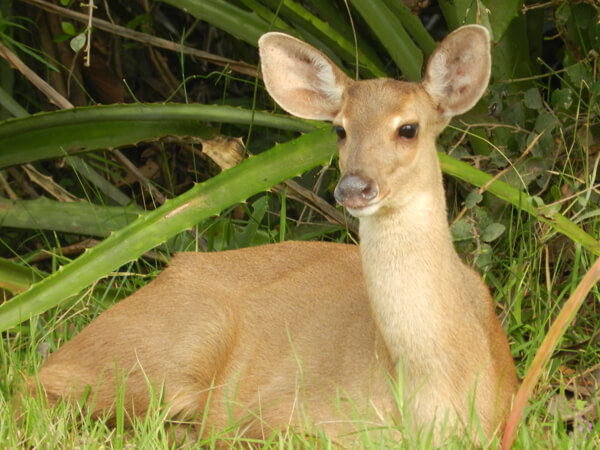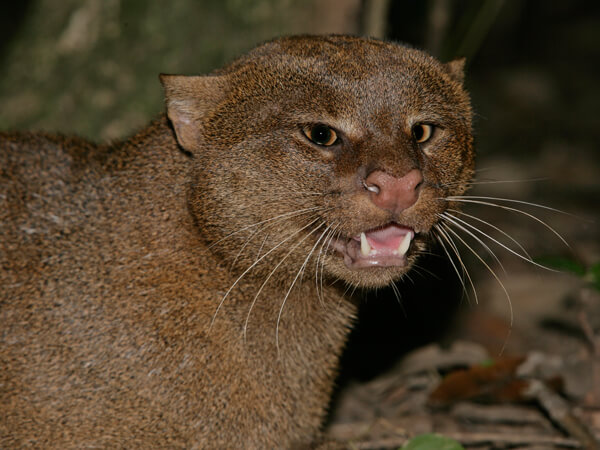In Tupi, the Kapi'wara name means "grass eater". They adapt very well to an aquatic environment, making it difficult for other predators to prey on them in water, as they are excellent swimmers.
Click to learn more
Distribution
The species exists in almost all of South America east of the Andes, from the nearby countries of Central America to Argentina, as well as in the whole of Brazil. It enjoys exceptional ability to survive in man-altered environments, with groups living on the banks of the polluted rivers called Tiete and Pinheiros, in São Paulo.
Features
The capybara is the largest rodent in the world. Adults weigh in at 50 kilograms on average, with the possibility of reaching up to 100 kilograms. The length ranges between 106 to 134 centimeters and the height from 50 to 62 centimeters. Their coat is long and thick: a reddish-brown color on top and yellow-brown on the bottom. The capybara has four toes on each of their front feet, and three on each of the back, with membranes between fingers that help the animal move about in the water. Like all rodents, the pair of front incisors is used for gnawing.
Behavior
Capybaras have aquatic habits. At the slightest sign of danger, they throw themselves into the water and dive. They are able to spend over five minutes under water without breathing. Social groups range from three to more than 40 individuals, with a dominant male easily recognizable due to the presence of an obvious nasal scent gland above the snout. They mark their territory by rubbing this nasal gland on bushes and trees. They are active at any time of day, but are most active from 4pm until early evening.
Food
Capybaras are herbivores, feeding basically on grass. However, they occasionally feed on some fruits and sprouts as well.
Reproduction
Reproduction occurs once a year, or twice under favorable conditions. The gestation period lasts 16 weeks and females can give birth to between one and eight cubs – but the average is four. Mating usually occurs in the water after the male has followed the female for a few minutes.
Conservation
Considered as “low concern” by the national lists of both the ICMBio and the IUCN, overcrowding of this animal sometimes occurs due to lack of natural predators. In the northeast, however, they are more difficult to find as they are highly hunted for their meat, fat and leather, as well as for retaliation because of damage caused to crops.

